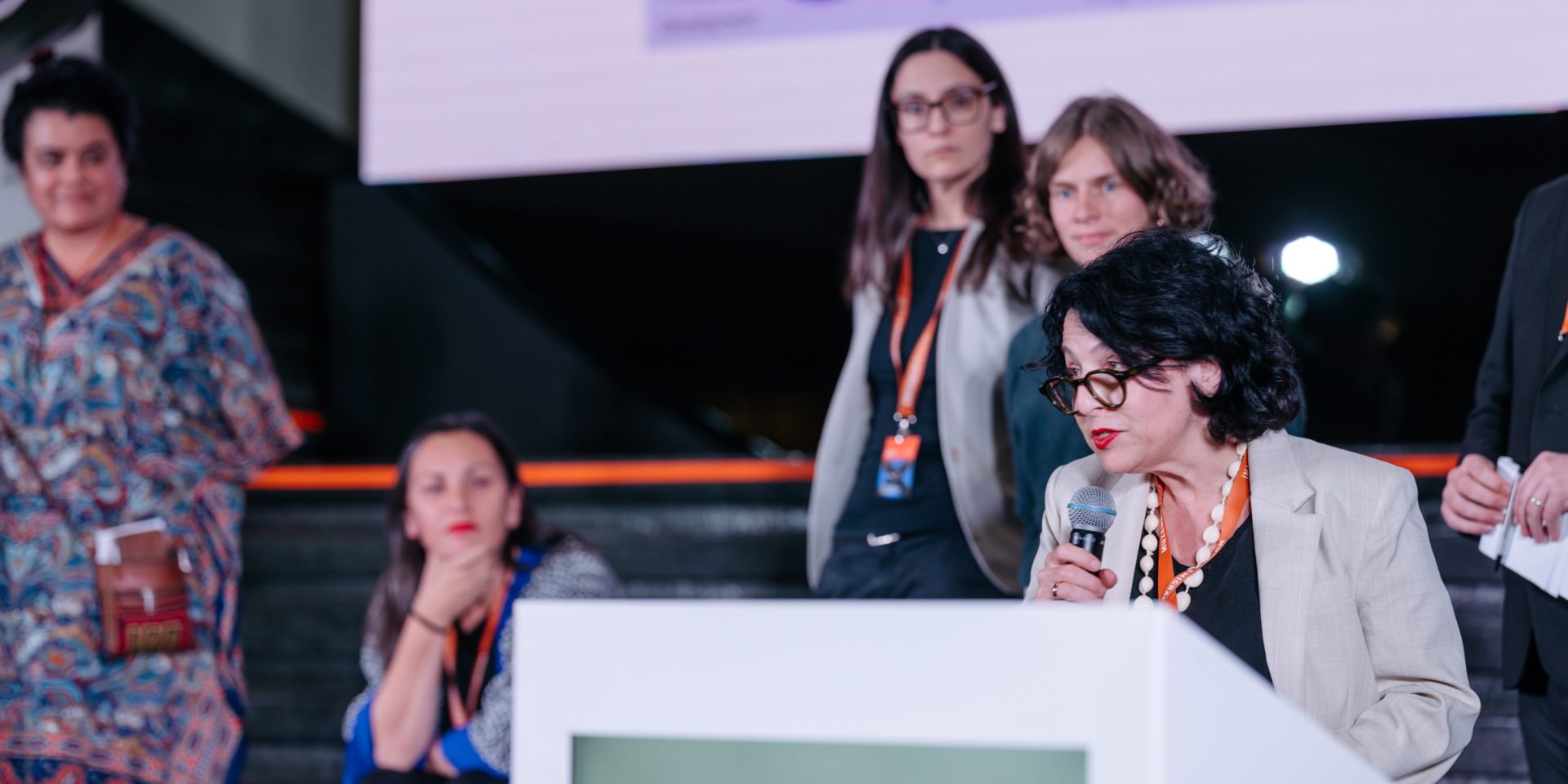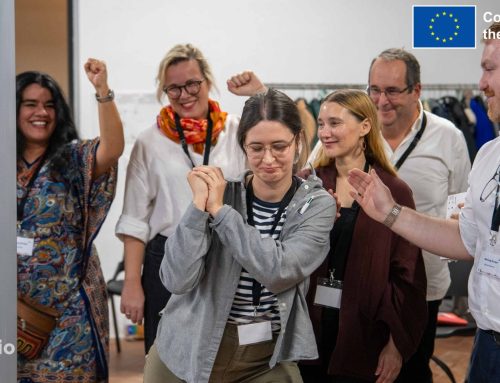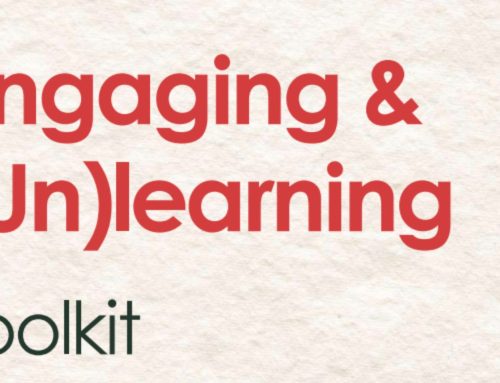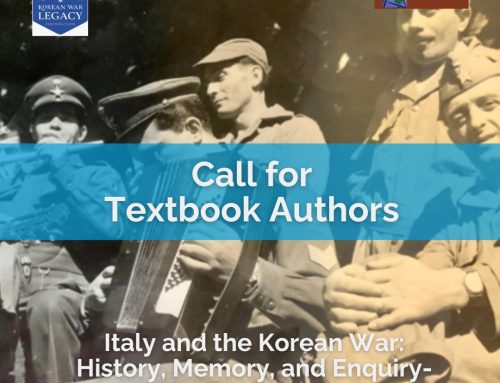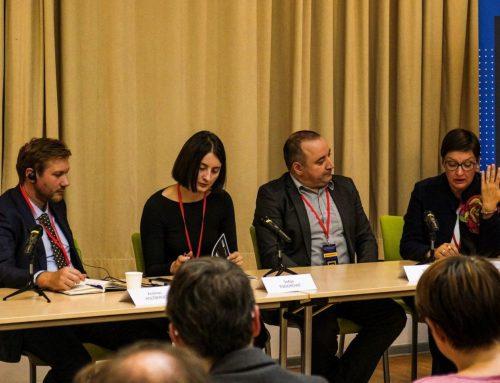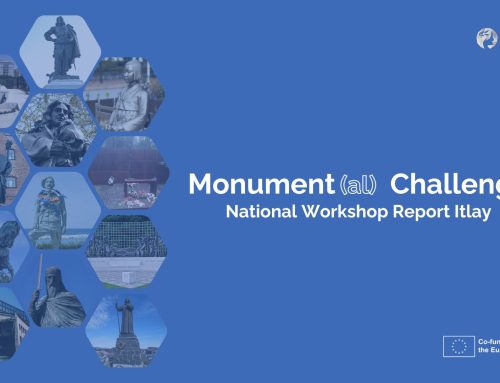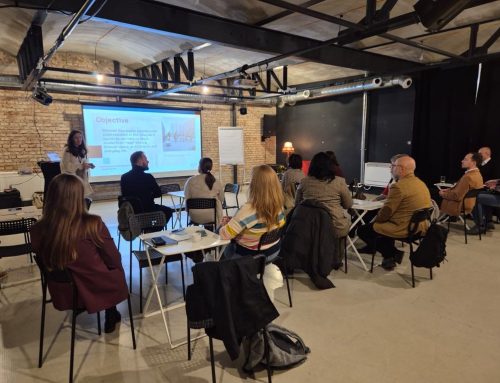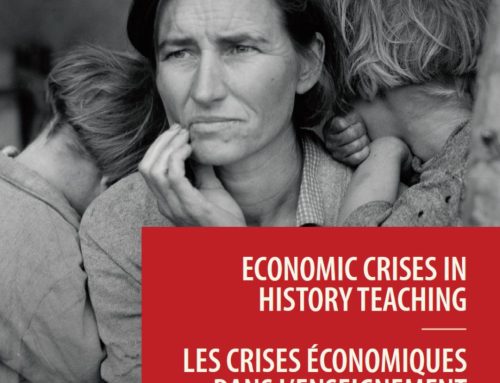Moving Europe – Negotiating Legacies of Migration at the Museum is a two-year project in which EuroClio will work alongside Migration Lab (University of Hildesheim) and a network of migration museums to encourage students to research local histories of migration at the museum.
Following the project’s kick-off, we discussed the role of our consortium of migration museums with Agata Tokarczyk from the Emigration Museum in Gdynia. Today, we’re hearing from Viola Georgi, project director of Migration Lab, on Migration Lab’s involvement in this project’s research component and the important overlap between migration education and museums.
With Migration Lab, you are coordinating, with EuroClio, our latest project Moving Europe. What kind of an organisation is Migration Lab and why was it important for you to help set up this project?
I founded the Migration Lab in 2021 to bring together diverse actors, organizations, and institutions within Germany’s immigrant society, with the goal of amplifying and sharing their good practices. Many of our partners develop innovative educational media and learning environments that explore how to meaningfully present, represent, and engage with migration—both historical and contemporary. Meanwhile we extended the membership to partners from all over Europe.
Through our website (www.migration-lab.net), we collect, curate, and provide access to high-quality educational materials and best-practice concepts. The Migration Lab network currently includes 65 partner organizations, ranging from museums, civil society associations, and schools to memorial sites and theaters. Together, these institutions address a broad spectrum of migration-related topics, such as multiple identities rooted in diverse religious and cultural heritages, the opportunities and challenges of multilingualism, structural racism, and conflicting memory cultures.
Our work is supported by funding from the Federal Government Commissioner for Migration, Refugees and Integration, the Federal Agency for Civic Education (Bundeszentrale für politische Bildung), and the EVZ Foundation.
The Migration Lab is committed to exploring creative, innovative, and research-informed educational approaches to the complex realities of migration. We engage in empirical research that is deeply connected to the field and its practitioners.
This is precisely the approach we will continue in our upcoming initiative, Moving Europe. In this project, we will build a collaborative learning lab together with migration museums, civil society organizations, and schools. Our aim is to jointly explore and evaluate educational methodologies and strategies that can empower young people to understand and navigate a world on the move.
Why do you think it is important to bring the worlds of (migration) museums and (history) education closer together?
I do not see the worlds of (migration) museums and (history) education as separate. Museums play a vital role in educating, inspiring, and enhancing public understanding of human history and culture. While their core functions include collecting, researching, preserving, conserving, curating, and exhibiting, education is an equally important dimension of their mission.
That said, I believe museums could embrace their educational role with even greater enthusiasm. They offer a unique environment for deep, multi-faceted learning that is both meaningful and action-oriented. Unlike traditional classrooms, which are often bound by rigid curricula and standardized assessments, museums provide flexible, immersive spaces that foster curiosity and engagement.
This potential is especially significant for adolescents. In museums, students can develop critical thinking, problem-solving, effective communication, creativity, and independent learning—skills essential for navigating a complex and diverse world. Museums can thus serve as powerful partners in education, helping young people make meaningful connections between the past and present, and between personal experience and collective history.
In the project, young people will lead research projects on histories and experiences of migration. What makes this history particularly important/interesting for students, you think?
Migration is and will remain a defining force in Europe’s past, present, and future, shaping both identity and policy. European societies have been profoundly influenced by centuries of migration, driven by war, persecution, colonialism, and economic opportunity. From the movements of early populations to the mass emigration of the 19th century and the labor migration following World War II, people have consistently crossed borders within and beyond Europe. These migratory flows have brought diverse cultures, religions, and languages, transforming both urban centers and rural regions.
In recent decades, globalization, EU expansion, and the mobility of refugees have intensified these patterns, fueling public debates and challenging ideas of national identity and belonging. For young people growing up in Europe—many of whom have migration experiences within their own families—migration and diversity have become both a normalized and contested part of everyday life. Understanding how migrants have helped shape modern Europe is essential for fostering social cohesion and a sense of belonging.
Migration is not only the movement of people across borders; it also involves the transformation of identities, communities, and societies. This makes migration an emotional and personal topic, particularly for young people who themselves represent the multicultural and multilingual fabric of Europe today and in the future.
Through this project, young participants will have the opportunity to reflect on migration as a complex social process influenced by economic, political, cultural, and environmental factors. They will also be encouraged to explore the migration histories of their families and communities, while engaging critically with their own experiences of living in a diverse society. In doing so, the project aims to foster empathy, deeper understanding, and active participation in shaping a more inclusive Europe.
As an academic, you will be leading the research part of our project. What exactly will you be looking at?
Our research approach is threefold: We will conduct an online questionnaire to explore the perspectives of young participants on migration—how they understand, reflect on, and relate to the topic. Additionally, we will evaluate the educational projects offered by museums in cooperation with schools, youth organizations and/or immigrant communities. This will help us assess how effectively these programs engage young people and address themes of migration.
Next, we will conduct qualitative interviews with educational staff from museums, schools, and immigrant community organizations. We aim to investigate the current challenges faced by these institutions in teaching about migration in Europe. Our questions will focus on how different narratives of migration are (re)presented in museums across the continent, the efforts museums make to embrace migration-driven diversity and inclusivity, and the specific educational opportunities museums can provide. Lastly, we will observe the international youth workshop and conduct interviews with participating students. This will allow us to assess their experiences, what they have learned, and whether their perspectives on migration have shifted as a result of the project. Our broader interest lies in exploring collaborative practices between schools and cultural institutions, museums. We believe that meaningful and transformative learning is more likely to occur when institutional and disciplinary boundaries are crossed successfully.

